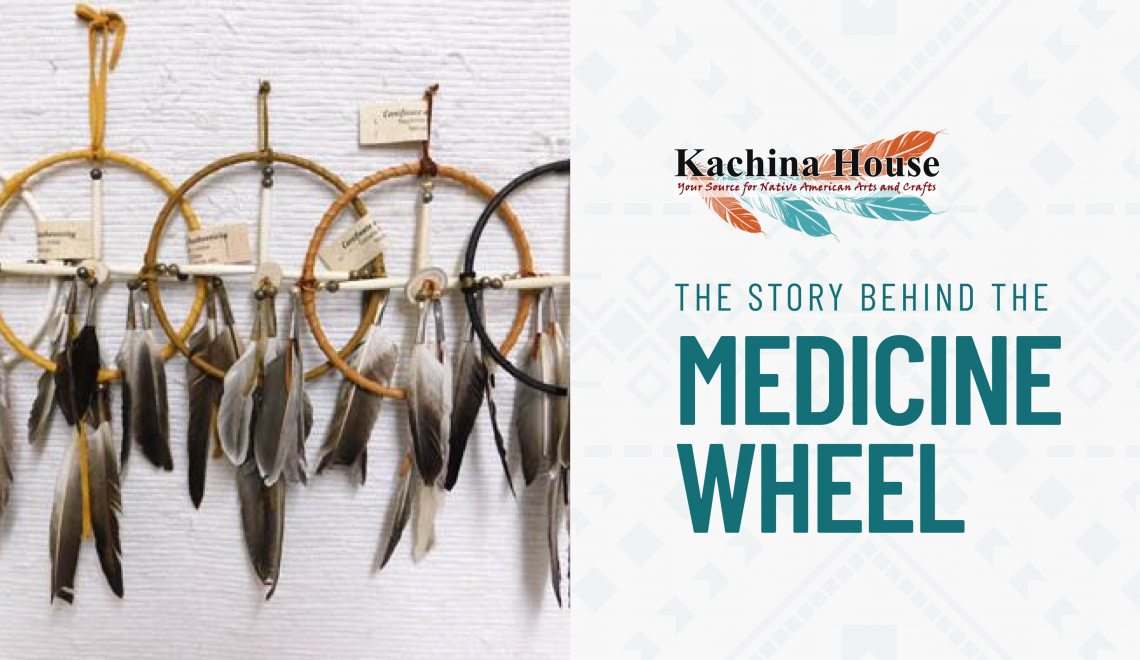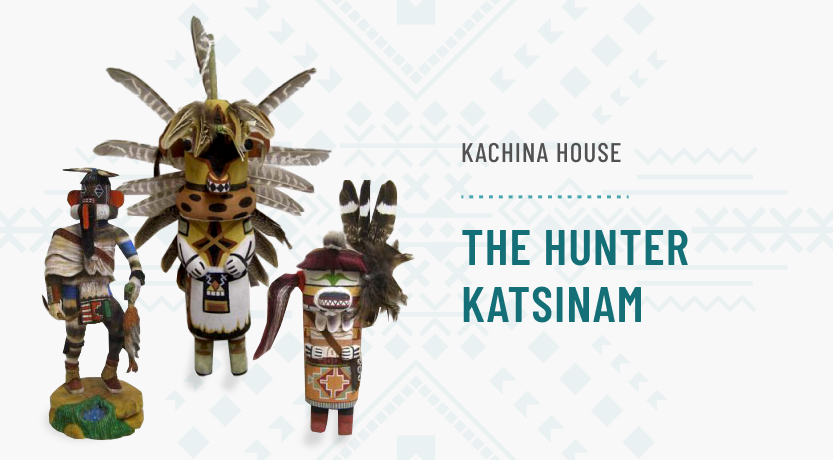Every culture has its own way, however formal it may be, of initiating young people into society. For the Hopi people, Katsinam play a large role in all the important traditions. The Bean Dance, or Powamuya, coming up later this month, is one of the most important Katsina dances, and also very significant in the “coming of age” of Hopi children.
During Powamuya, Eototo, the Father of Katsinam, uses cornmeal on the ground to draw symbolic representations of clouds. Aholi, who is Eototo’s lieutenant, plants his staff in the ground in the center of the cloud design and roars out his call for the rain. It’s a promise of productivity during the growing season; a pledge of food and water for the Hopi people.
The Bean Dance matches spiritual ceremony with physical acts of initiation for the young men in the tribe. These new initiates are given a responsibility to grow beans in the kivas, showing an eagerness for the growing season. Muyingwa appears as chief and master of germination to encourage the young men and indicate that they are now initiated into the Katsina culture.
On a later day during Powamuya, (which lasts for nine to sixteen days) another part of the ceremony takes place, where katsinam return to present the grown bean sprouts to the tribe. Then the procession begins.
In the procession, a line of Katsinam travel through the village. They bring gifts to the Hopi people; they also warn undisciplined children (and even adults) to behave. Hahay-i wu-uti, the Grandmother Katsina, talks to each child, telling him or her what each has done wrong and how to fix it. She is joined by Soyokos, who are threatening to eat the children if they fail to behave well and carry out the tasks assigned to them. He-heyas stand by as well, ready to tie the children up.
None of the Powamuya is taken lightly; it is a very serious time, where young Hopi people learn important values and become more enculturated. At Kachina House, we offer the finest Native American made Katsina dolls available online.

 Posts RSS
Posts RSS


